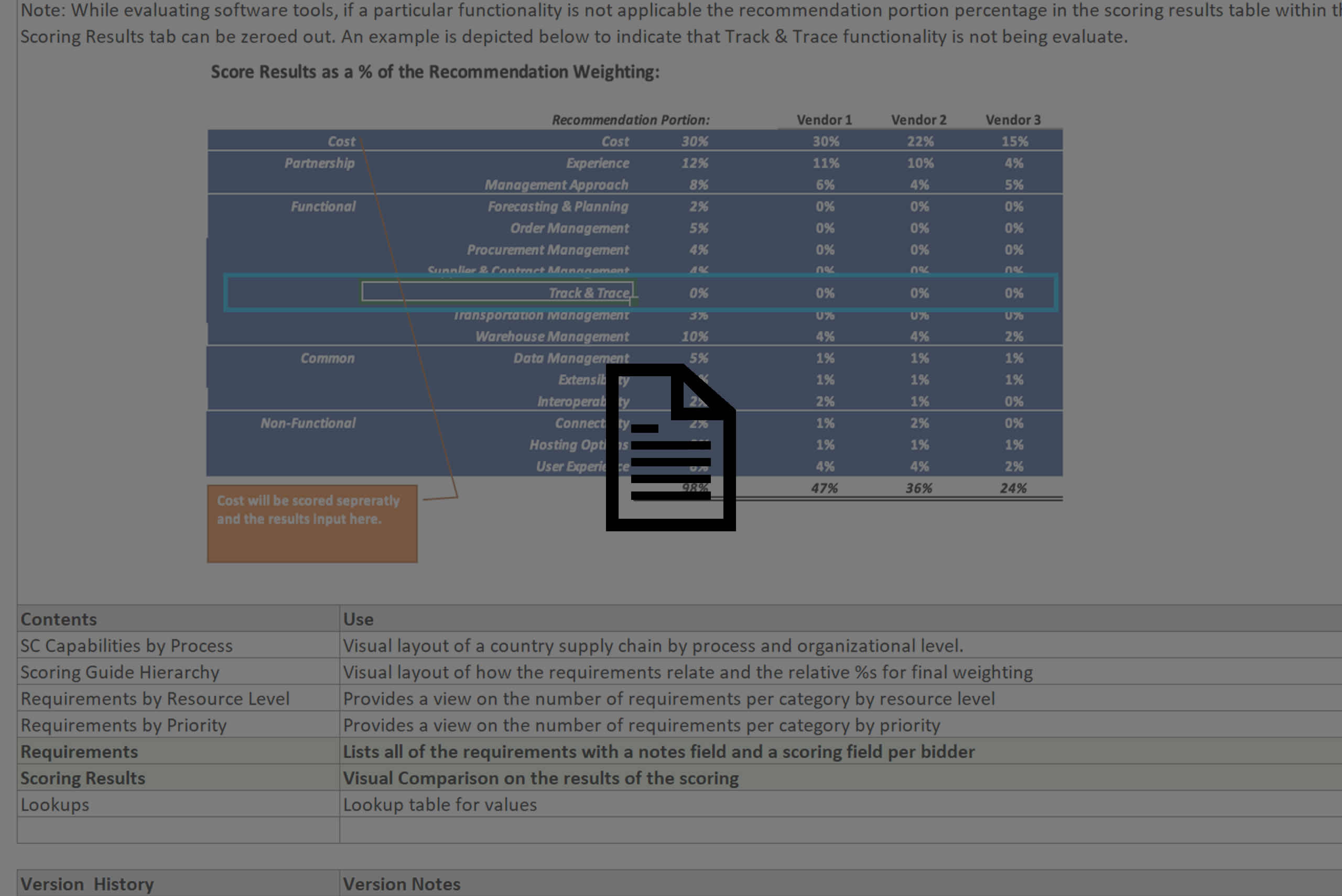As part of the USAID Digital Strategy 2020-2024 and alongside the organisation’s Vision for Action in Digital Health, USAID is taking steps to reinforce digital ecosystems and thereby transform how people access information, goods, services and opportunities.
Here is a brief introduction to two tools that are central to USAID’s strategy: the Supply Chain Information System Maturity Model (SCISMM) and the National Product Catalog (NPC).
USAID’s Supply Chain Information System Maturity Model
The USAID Global Health Supply Chain Program-Procurement and Supply Management (GHSC-PSM) project has developed a number of tools for national and global stakeholders that support well-functioning national healthcare information systems and the SCISMM is just one of these. In essence it helps countries to evaluate the capabilities of their supply chain systems holistically, enabling informed decision-making.
The tool is designed to guide supply chain actors, including governments, donors and implementing partners and/or procurement agents, to plan for future SCIS investments and ultimately to enhance the functionality and sustainability of healthcare system operations.
Crucially, SCISMM assessments can be used to develop roadmaps to improve supply chain information systems. These roadmaps can then be fed into national strategic plans to ensure that planned initiatives receive adequate investment; this helps to steer investments towards the most needed areas.
The SCISMM is already being used by countries; in Rwanda, for instance, the Ministry of Health has used the tool and as a result key activities have been initiated.
National Product Catalog
National product catalogs are another key component of USAID’s strategy to strengthen digital ecosystems. This tool facilitates the adoption of standardised product information, thus eliminating the need for manual interventions, to keep all supply chain actors in sync, which represents a common challenge for national healthcare supply chains in low- and middle-income countries.
Access to product master data, which includes details about the manufacturer, strength dosage and shelf life of pharmaceutical products, is critical to building trust across the global supply chain and improving decision making. Supply chain personnel, though, often lack access to standardised product master data, which leads to inefficiencies.
An online NPC is designed to provide and maintain accurate product information and therefore allow for timely responses to events such as stockouts. It is the manufacturers themselves that provide product information for such catalogs.
The Ethiopian Food and Drug Administration, Malawi’s Ministry of Health and Rwanda’s Food and Drug Authority all began initiatives in 2020 to implement national product catalogs.
According to Jose Edouard Munyangaju from Rwanda’s Food and Drug Authority, “Implementation of the NPC will help to establish a safer and more accurate supply chain, provide greater data accuracy and visibility and provide a single source of produce information, resulting in supply chain efficiencies and ultimately improving the health care system in Rwanda.”
Read more about the Supply Chain Information System Maturity Model and the National Product Catalog.


